A Week in the Bush Vol. 532
on Jan 22, 2025Following the recent heavy rains, the Sabie River and its surrounding drainage lines have experienced a massive spike in water levels. The sheer volume of water flowing through the river over the past few days has been astonishing. This influx brings renewed hope downstream, easing the challenges of water scarcity for animals in the Kruger area.
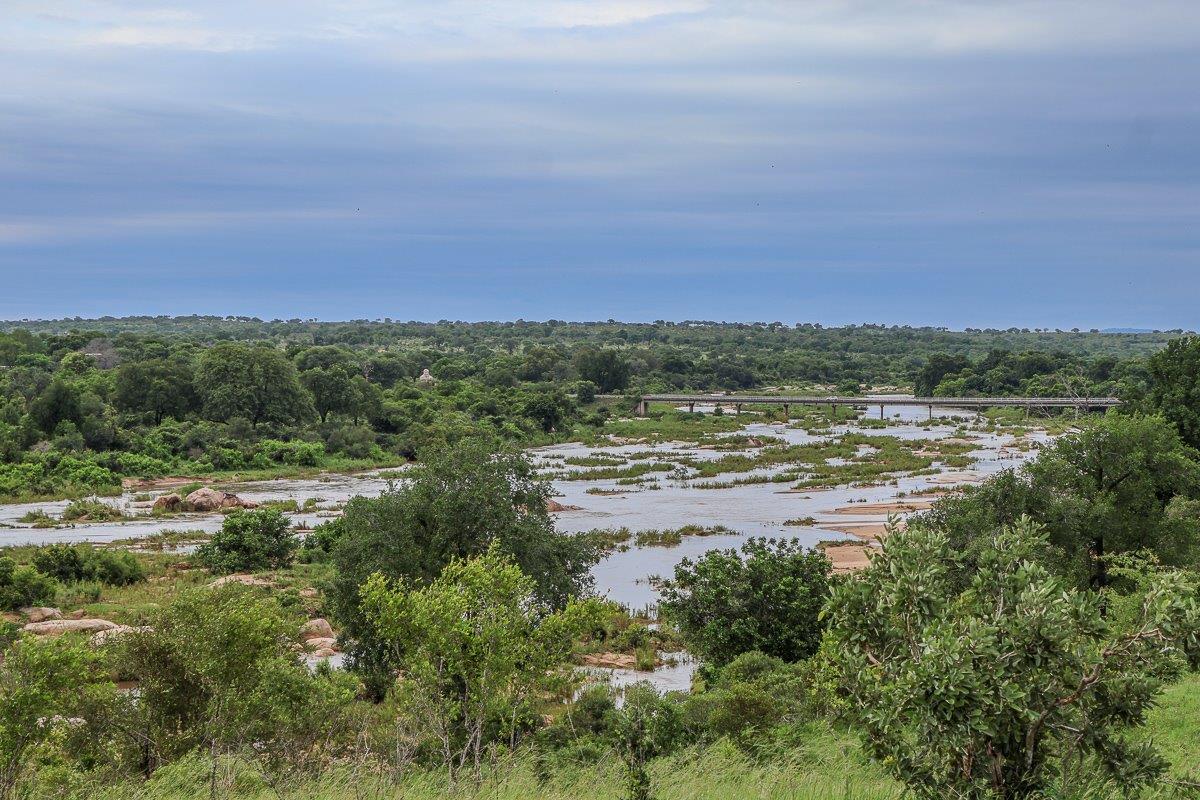
We watched as this bachelor group of kudu bulls slowly made their way toward the Sabie River. With the dense, lush vegetation in the area, these kudu thrive, as they prefer thickets to ensure their safety. Mature kudu bulls often stay together in groups, only separating to join females during the breeding season. It's therefore quite common to see a group of impressive bulls walking together like this.
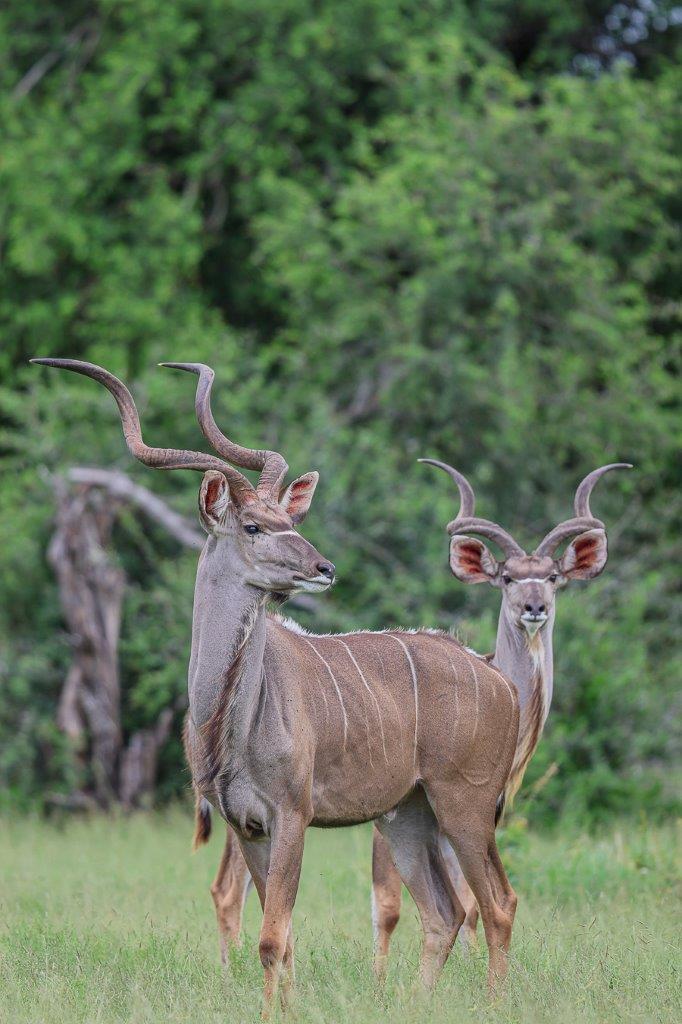
During this time of year, many young birds have recently fledged and are still mastering the art of flight while remaining dependent on their parents for food. A male Chinspot Batis was hard at work alongside the female, tirelessly collecting insects to satisfy the endless appetite of their hungry fledgling.
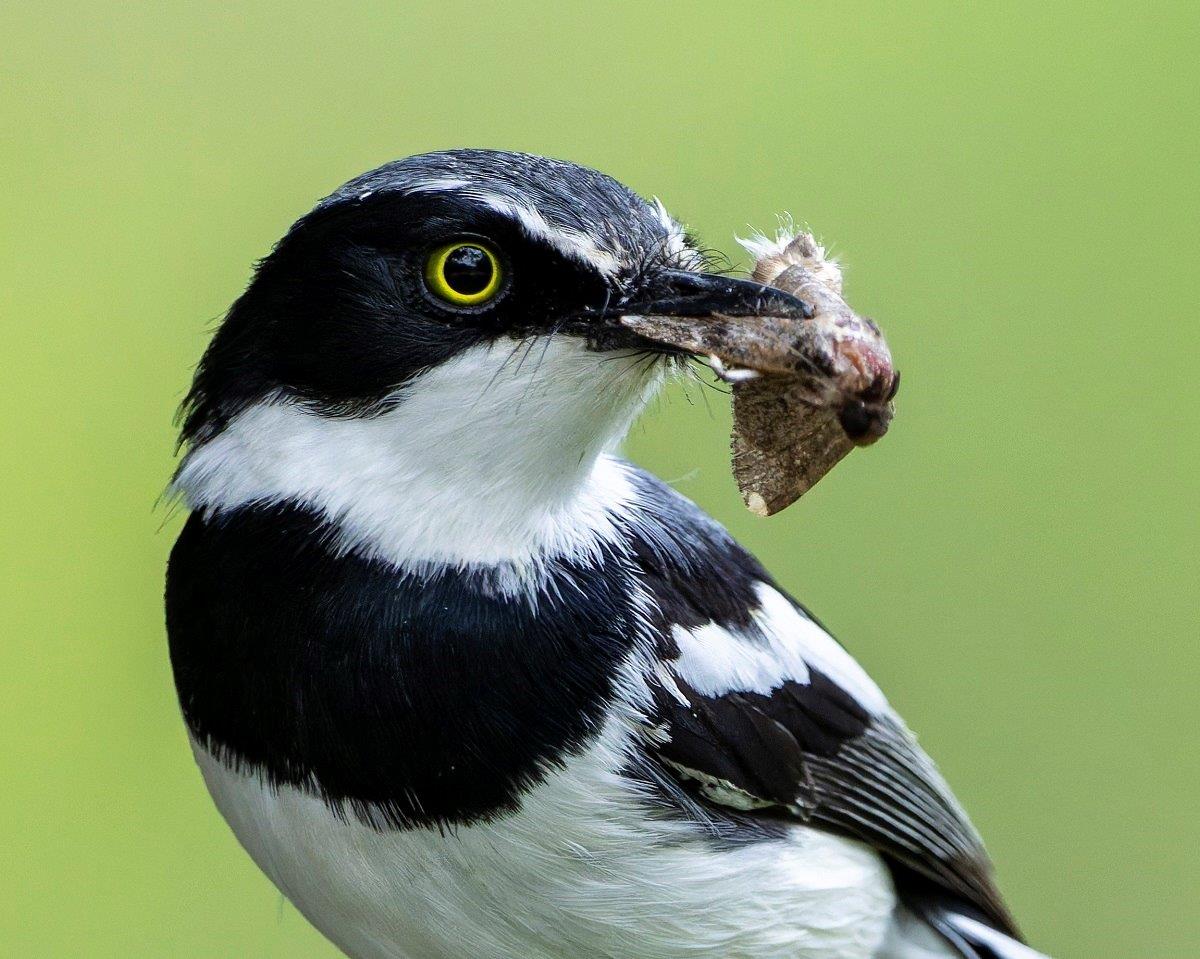
While driving along a river, we spotted a Great spotted cuckoo as it flew gracefully between the trees. Since these birds typically hunt from tree canopies, we immediately realised he was looking for food, moving from one tree to the next. Great spotted cuckoos are known for their preference for hairy caterpillars, often seen striking them against a branch to remove the hairs. They also feed on beetles, ants, and termite alates, especially during the summer months when insects are abundant.
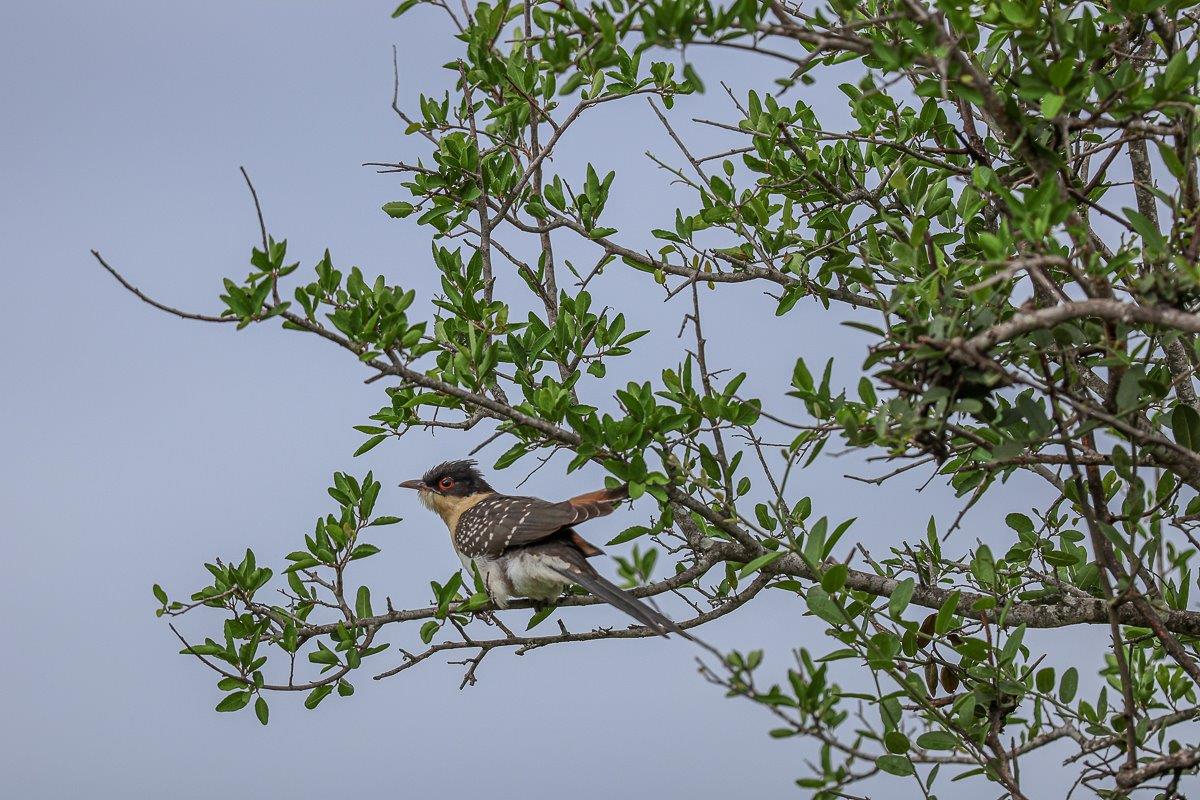
With water plentiful throughout the bush, birdlife is flourishing. On this occasion, we observed a male Knob-billed duck as he kept a close watch on a nearby female. Before long, he began vocalising to capture her attention. She responded, and almost immediately, he took flight, landing gracefully beside her in the water. It was truly remarkable to witness how vibrant and full of life everything is at this time of year.
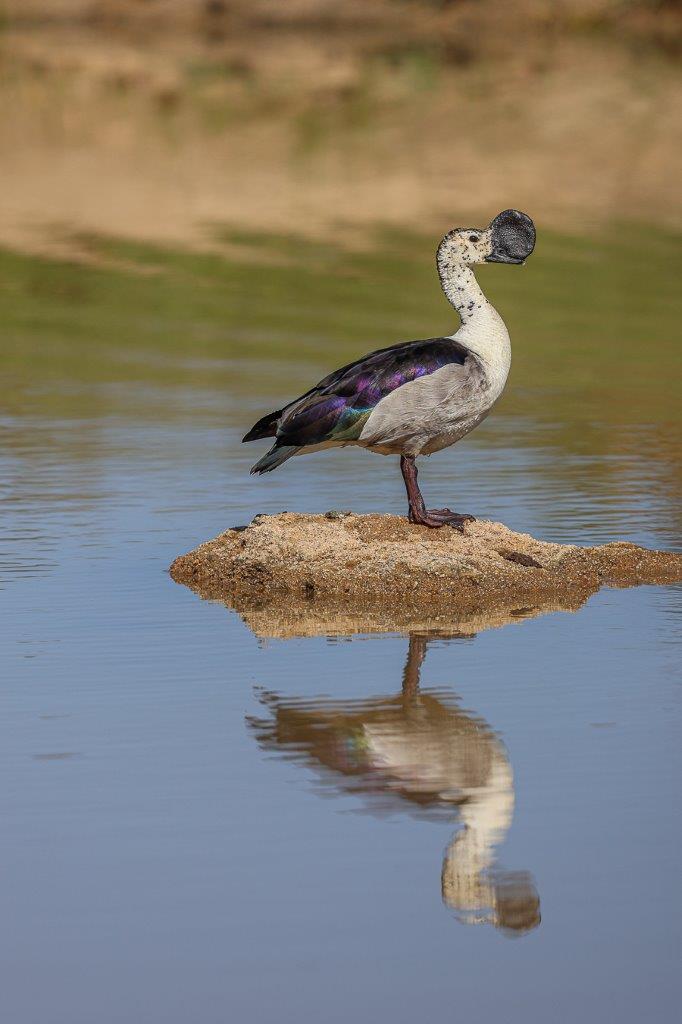
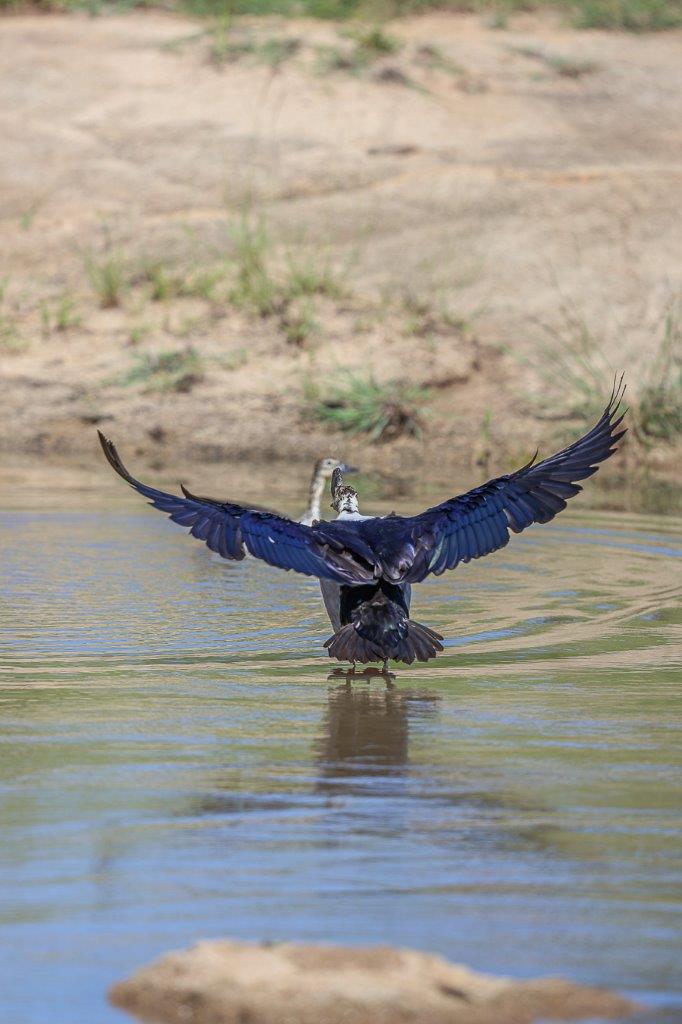
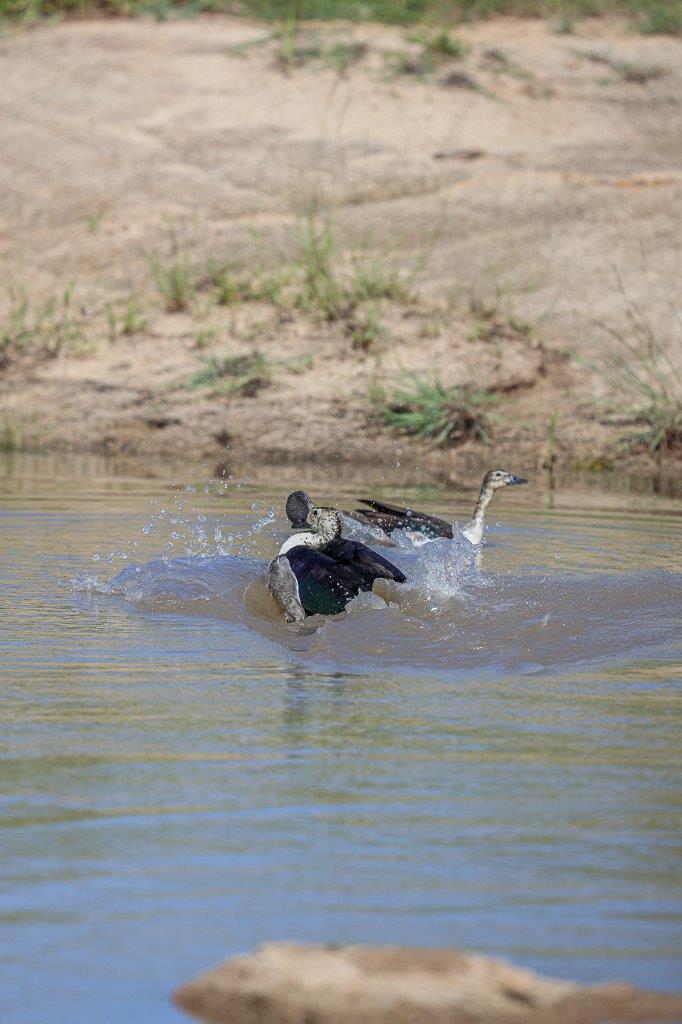
The Three-banded Plover is one of the small monogamous bird species found on our reserve. With the recent abundance of water in the bush, sightings of these birds have become quite common. They are typically seen along the shallow edges of water bodies, employing their distinctive run-stop-search foraging technique as they hunt for aquatic invertebrates, their primary food source.
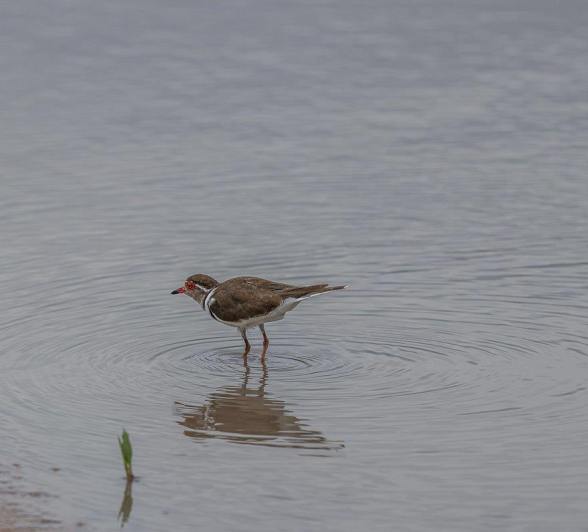
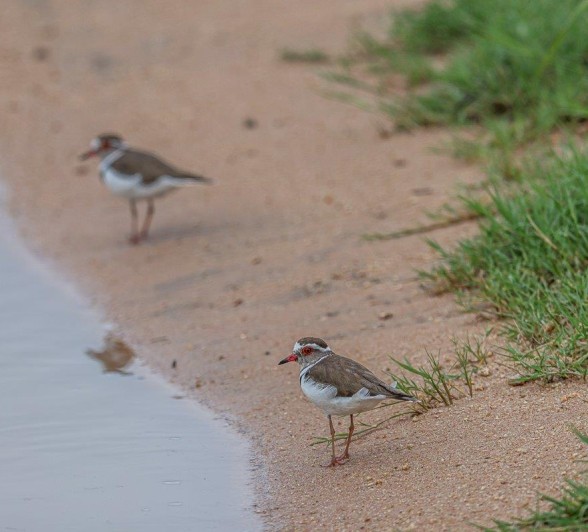
While driving through a small open area, we noticed the impalas’ uneasy body language, a clear sign that something was amiss. We stopped and sat in silence, observing closely to see what it could be. Without any alarm calls, we suspected it wasn’t a natural predator. Moments later, a young hyena emerged from the treeline and casually walked past the impalas.
Hyenas are highly successful hunters, thanks to their incredible endurance. However, they typically need the support of larger groups or clans to hunt effectively, showcasing their remarkable teamwork and adaptability.
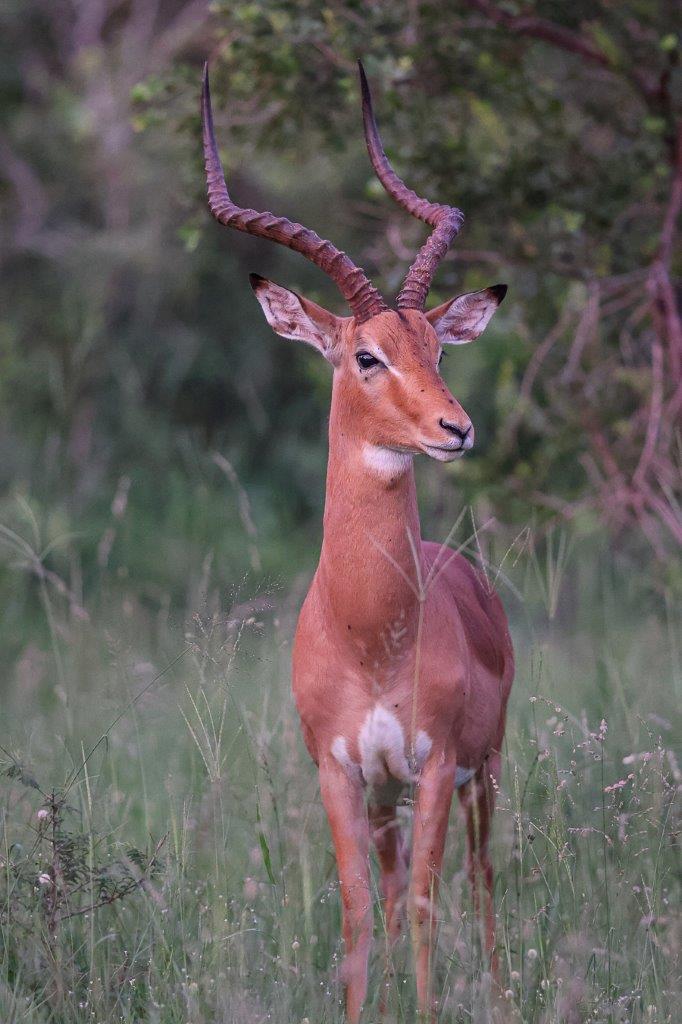
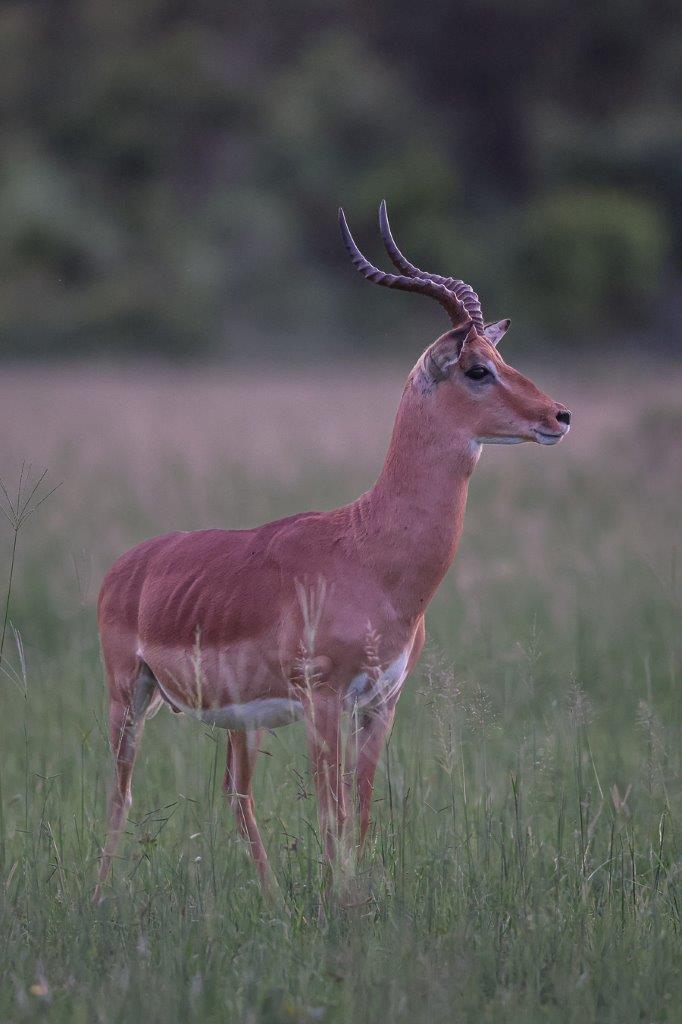
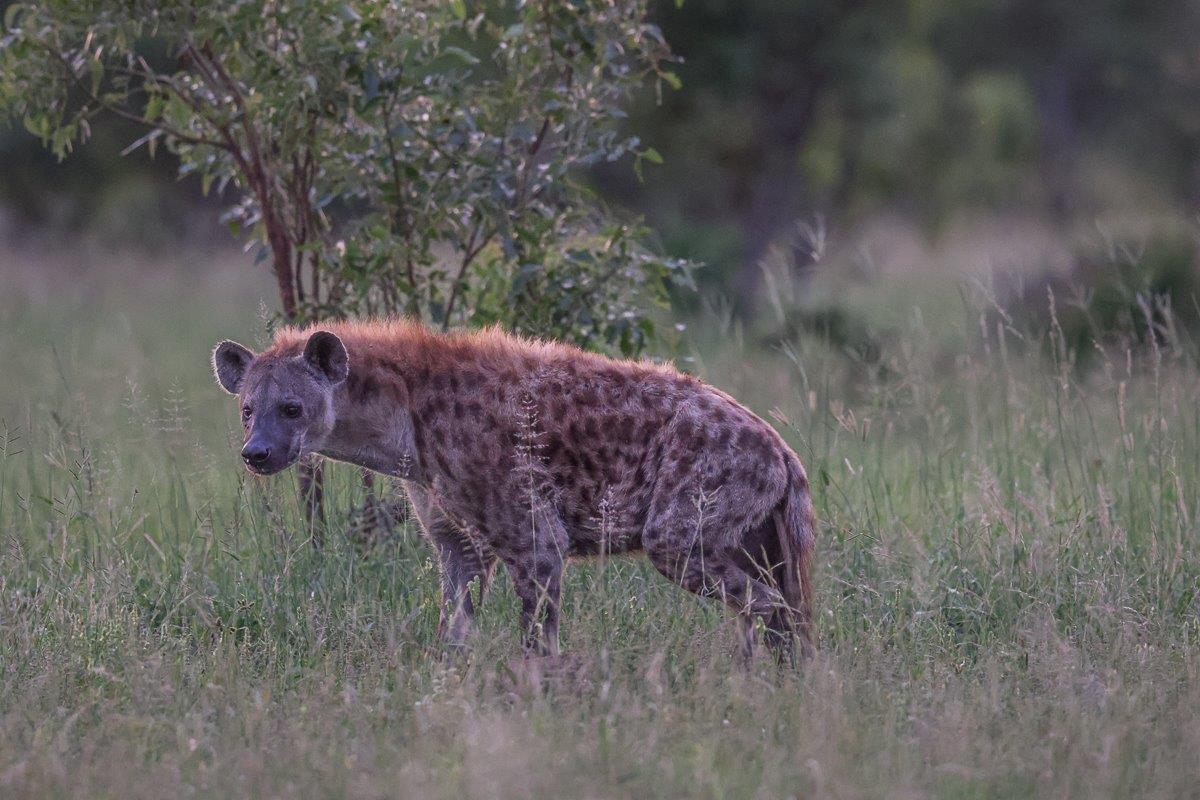
We spotted the Msuthlu Pride resting in a vast open area. The sheer number and size of the cubs made it evident that the females were struggling to provide enough food for everyone. One of the younger cubs had a prominent tick attached to its cheek, while an older cub was observed attempting to suckle, likely seeking additional nutrients. When the distant roars of male lions echoed from the south, the entire pride paused, lifting their heads in unison to listen. Moments later, they rose and began to move away, likely as a precaution.
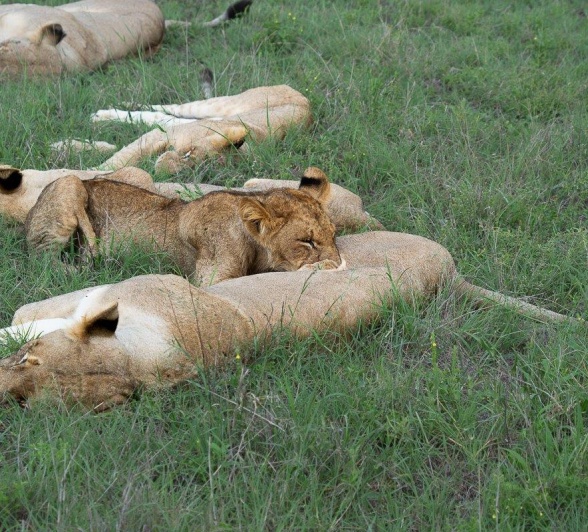
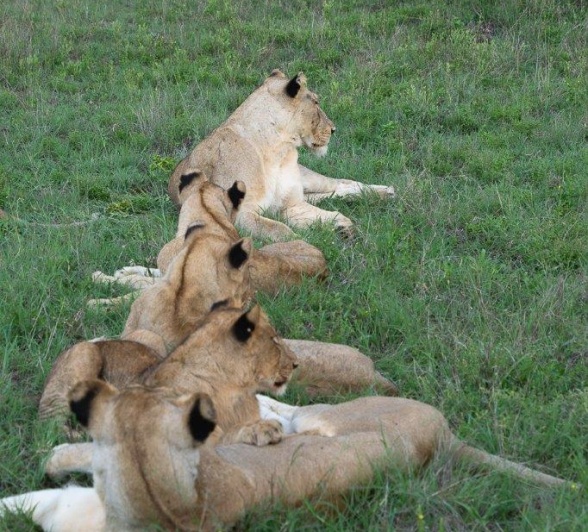
Wading through a humid and wet summer morning safari, muddy paw prints led us on a search for the Msuthlu Pride. It was not long before they appeared, given away by two of the cubs resting on top of a fallen log trying to escape the wet grass. Asleep, the rest of the pride lay, seemingly unbothered by the wet grass in the shaded thicket of some Guarri trees.
The following morning brought an entirely different scene. We found the pride again, their once tranquil demeanour replaced by energy as they feasted on a zebra, a fresh kill from the night before.
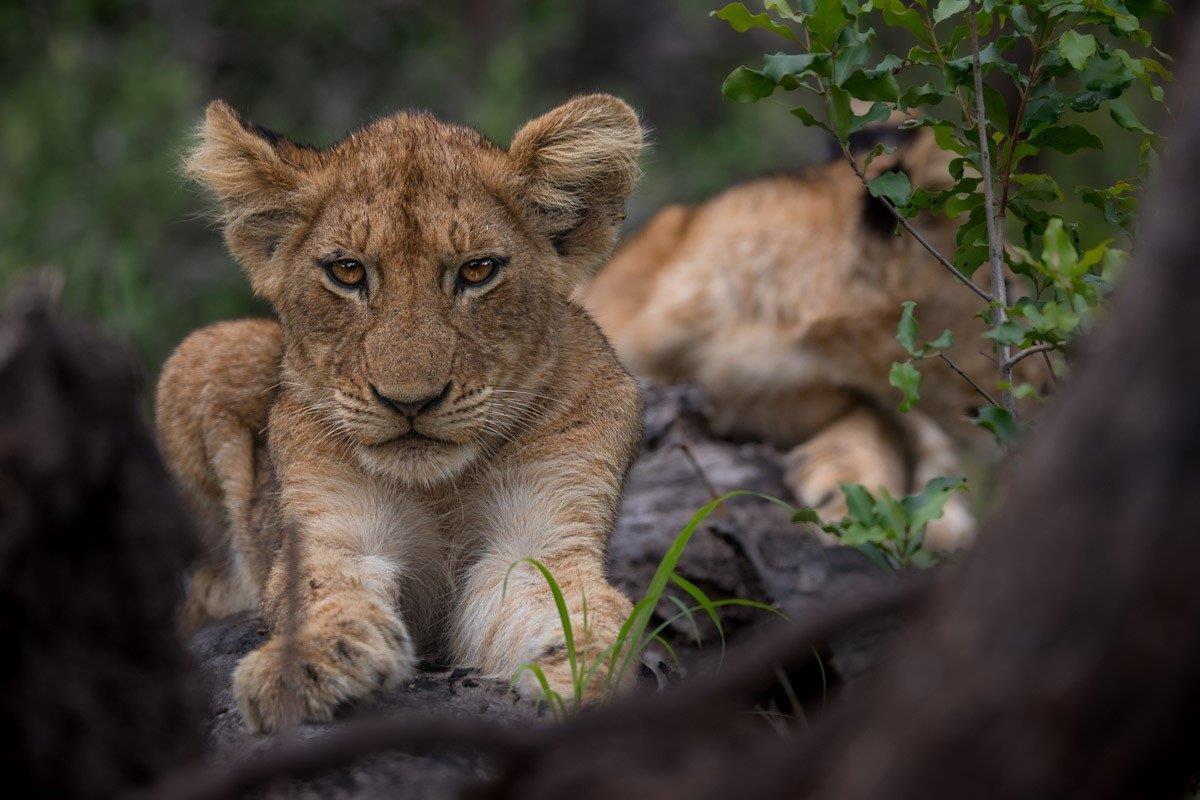
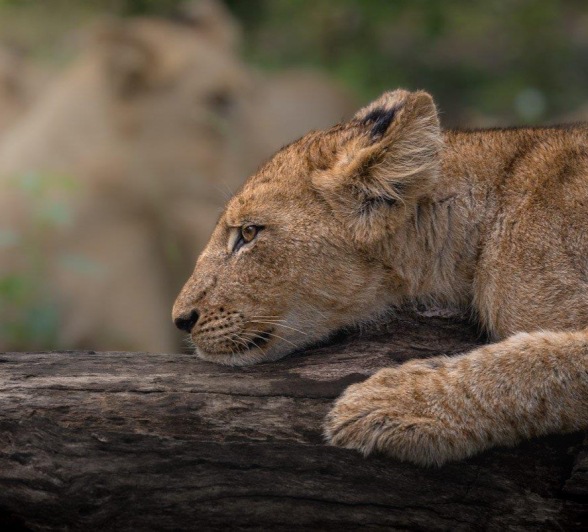
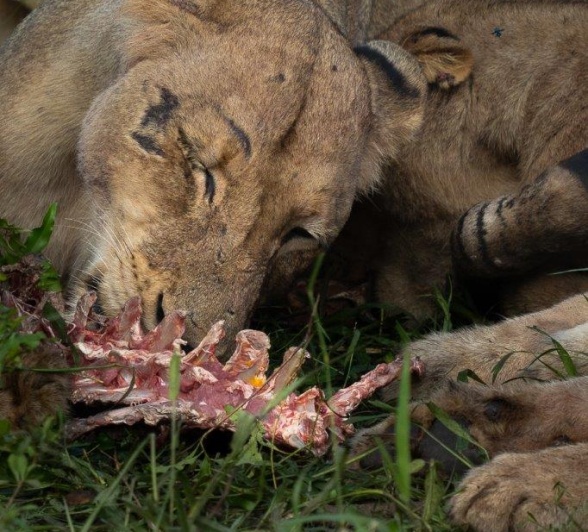
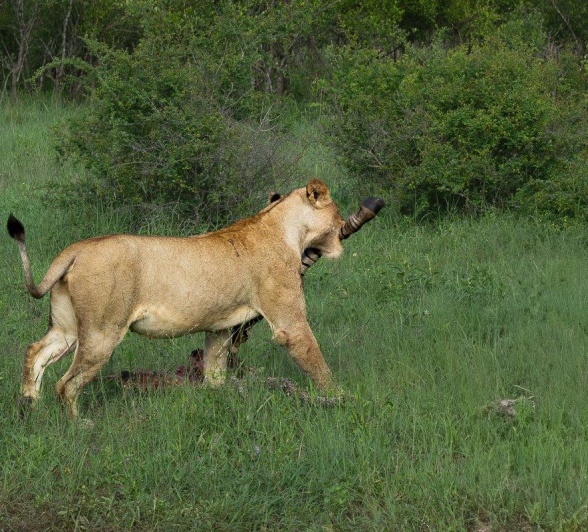
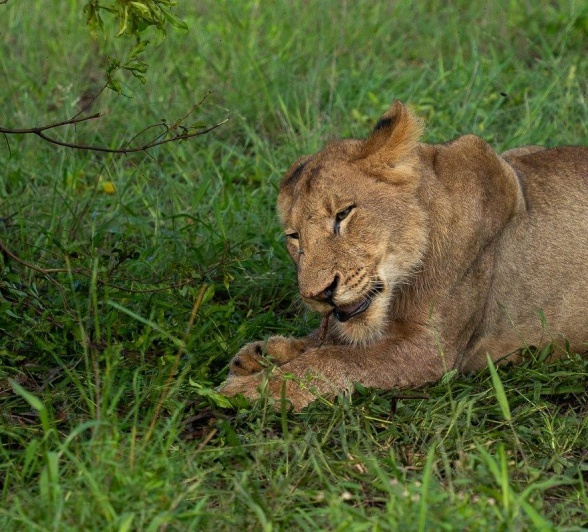
Lions are not known for sharing, especially when it comes to the final scraps of a kill. In such moments, it's every lion for itself, and the largest one usually prevails.
Following up on the alarm calls of baboons and impalas, we discovered tracks of lions. After a brief follow up, we found the Southern Pride in the late afternoon, resting in the tall grass. These lions had spent the entire day in the clearing, taking advantage of the first dry day after prolonged rain to dry off and move out of the damp, lower-lying areas. With summer in full swing, the lush vegetation provides excellent cover for these predators, enhancing their ability to stalk prey and hunt effectively, leading to higher success rates during this season.
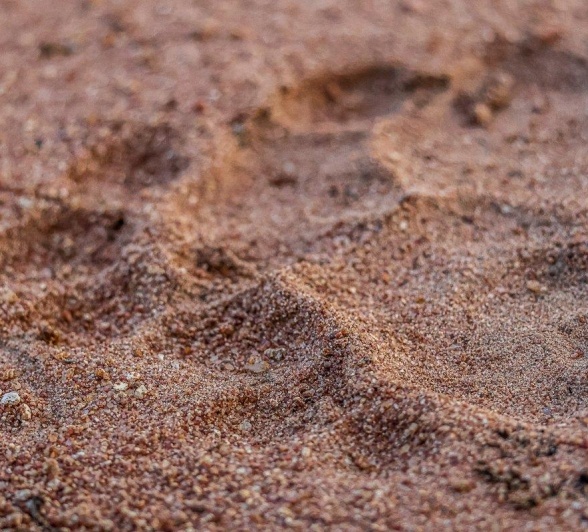
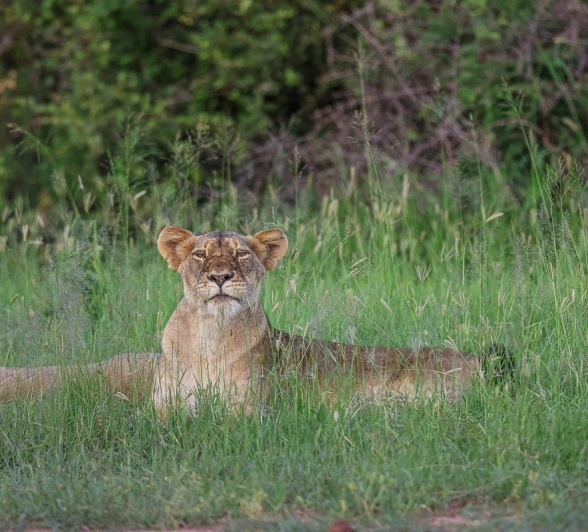
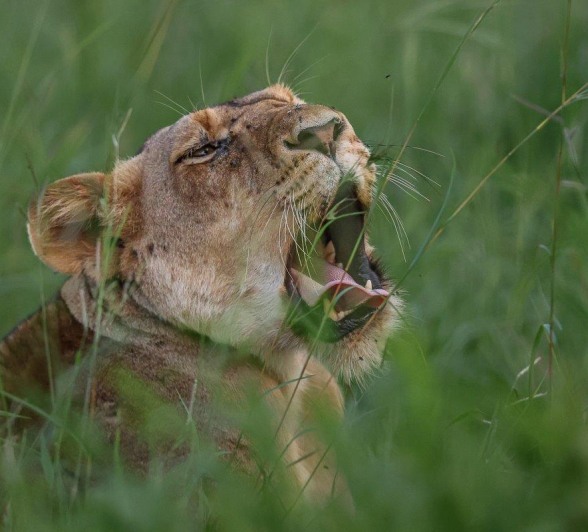
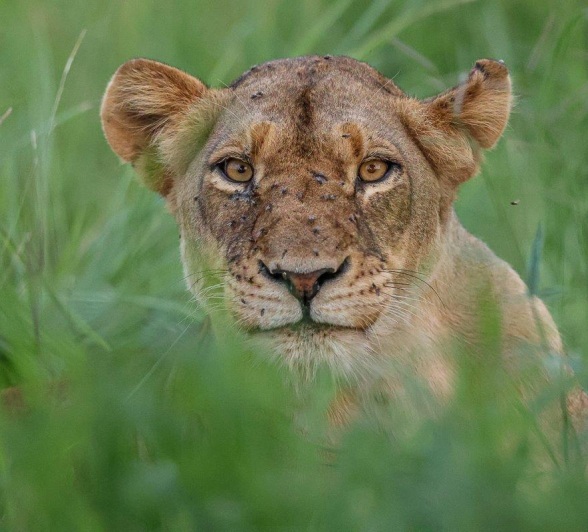
Driving through the southern section of the reserve, we came across tracks of a lone lioness. Following them closely, we soon realised that she had only ventured to a water source before retracing her steps. As we pieced this together, we successfully located the rest of the Southern Pride. They were sprawled out in an open area, seeking refuge under the shade of a nearby tree as the morning temperatures climbed rapidly.
It was evident they had eaten the night before, their full bellies and heavy panting leaving little doubt. Content and full, the pride would spend the day resting and digesting their meal, saving their energy for another active night.
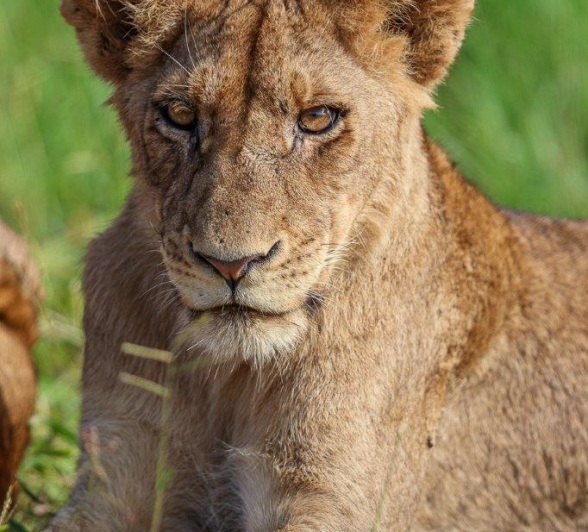
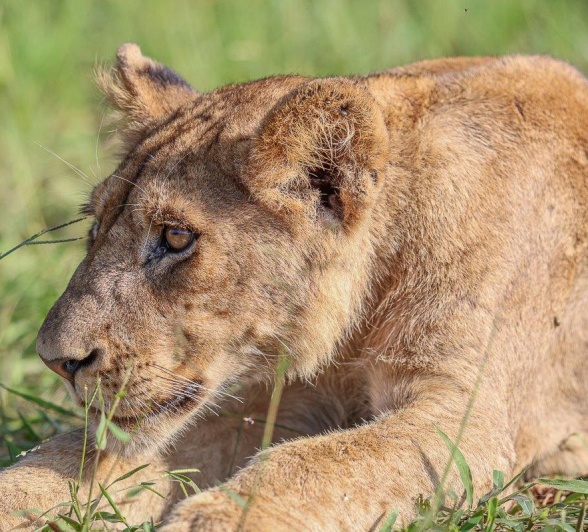
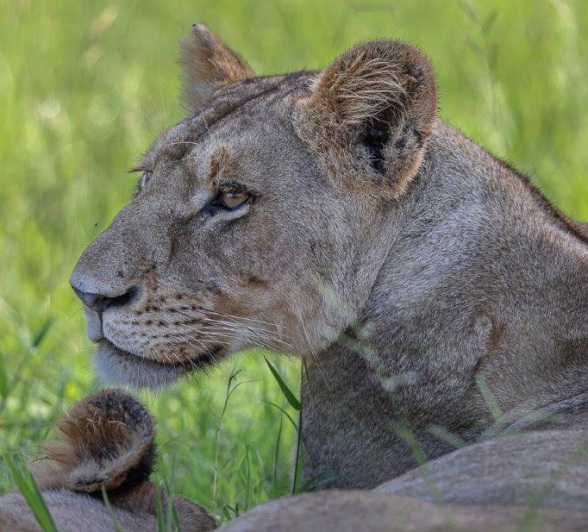

Our final sighting of the Southern Pride for the week took place one morning at our private airstrip. The pride was sprawled out on the tarmac, peacefully sleeping. As the sun began to rise, casting its golden light through the clouds, they slowly made their way off the runway and into the nearby treeline, seeking a cooler, shadier spot to spend the day. Recently, this pride has been frequenting the southern section of our reserve. With abundant water sources and plentiful game in the area, it’s an ideal location for them to linger for now.
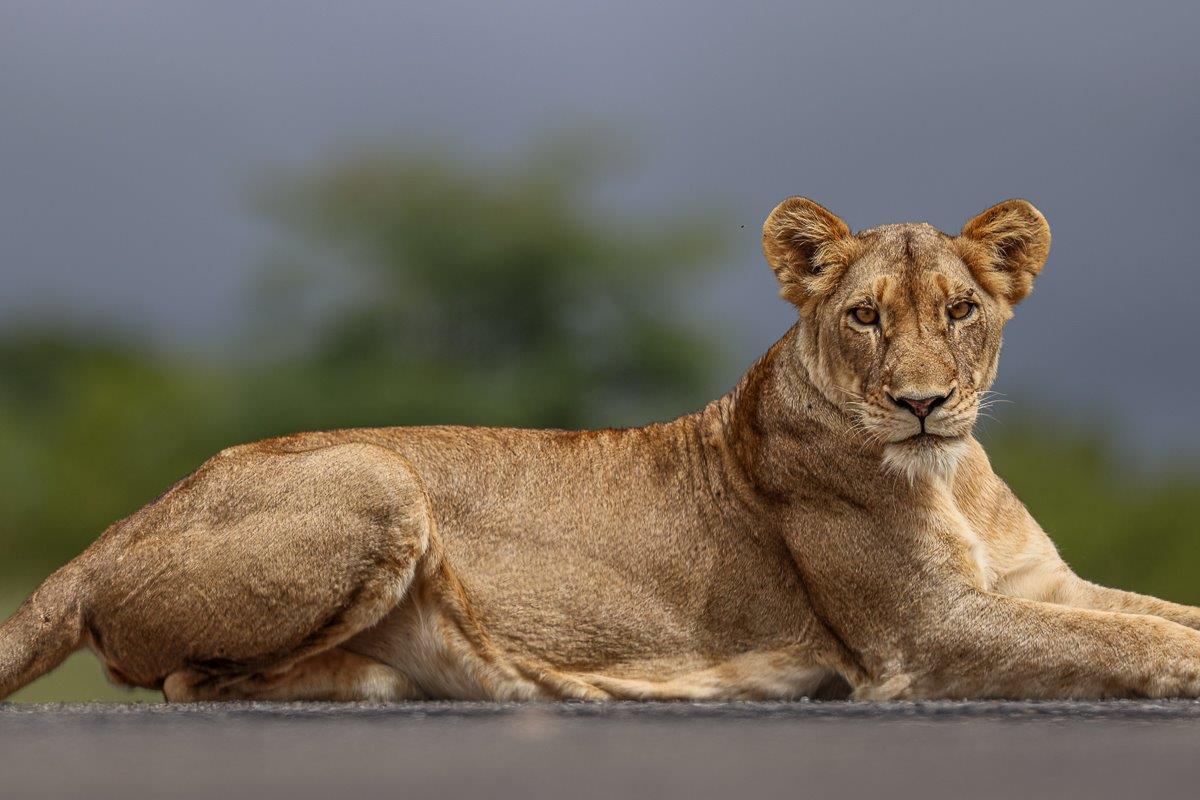
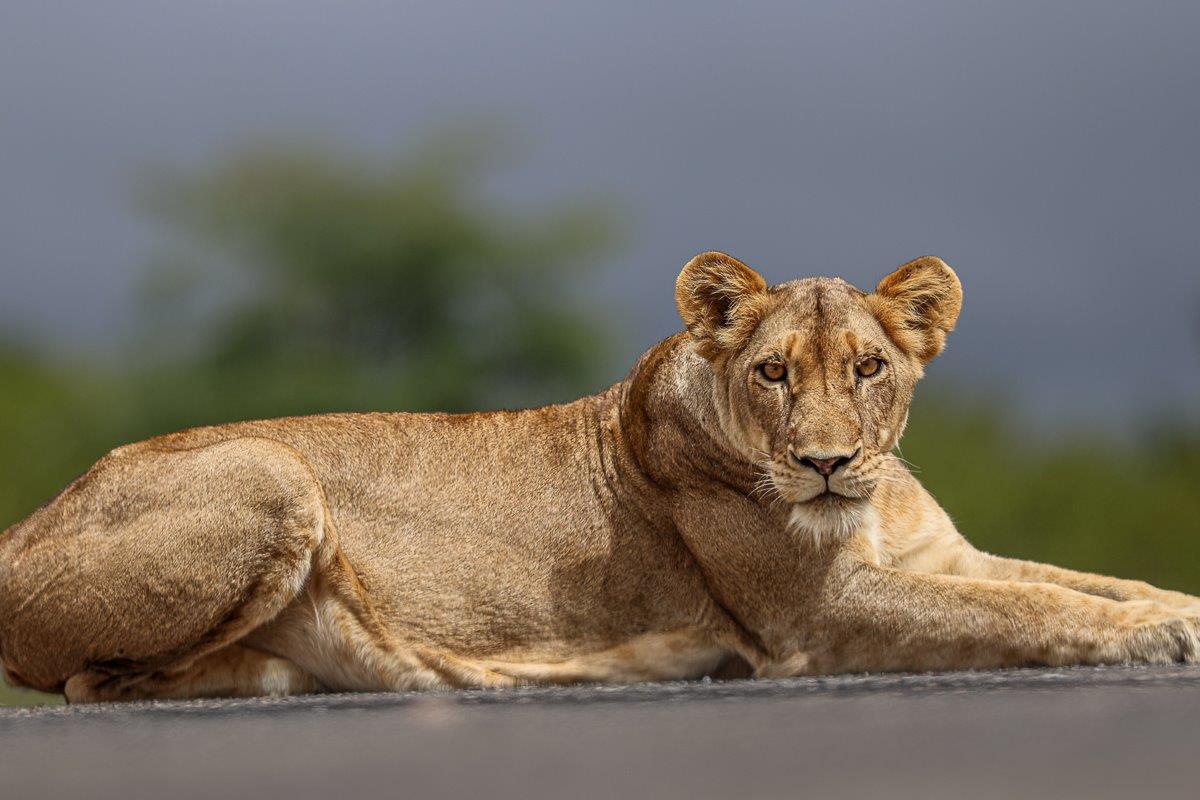
The Nottins male was using a Marula tree as a vantage point to scout the surrounding area. We spotted him resting on a branch, but every so often, he would lift his head to scan for potential prey. With frequent rainfall, the landscape is rapidly changing - the grass is growing taller, and the bush is becoming much lusher. This makes it increasingly difficult for predators to spot prey on the ground. As a result, they often climb trees to gain a better view of the area and determine which direction to head in search of food.
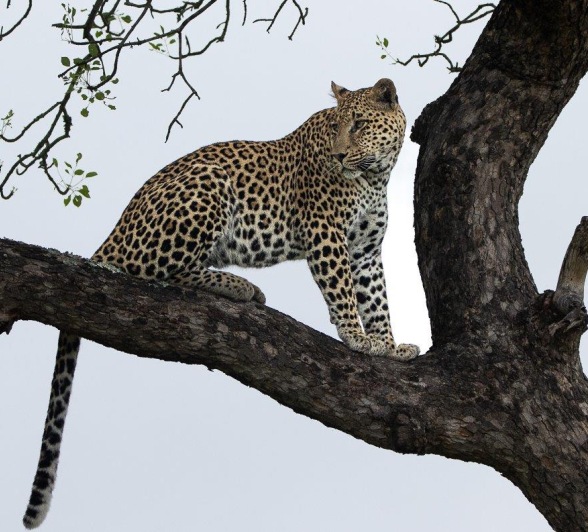

As we set out from Earth Lodge for our afternoon safari, we almost immediately spotted the unmistakable silhouette of a leopard resting high in a Marula tree across the open plain. As we approached, we discovered a striking young male, peacefully sleeping the afternoon away.
With the sun dipping behind the clouds, this male slowly became active. Stretching and letting out a few wide yawns, he finally descended gracefully from the tree. Moving back into the dense thickets, his full stomach was evident, hinting that he had recently fed and was likely retreating to finish his meal.
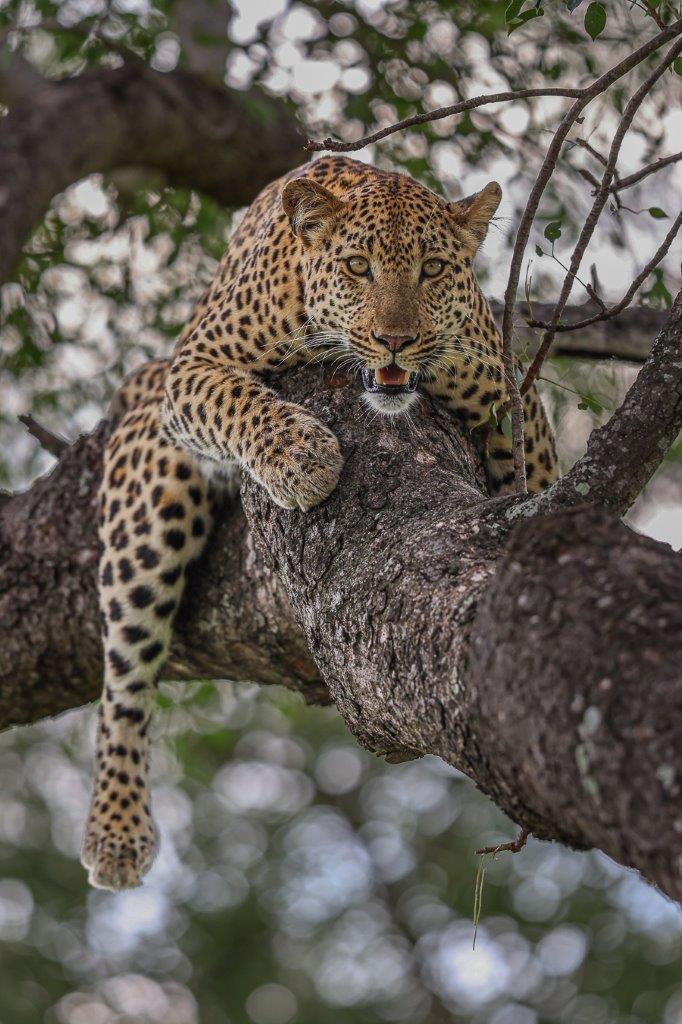
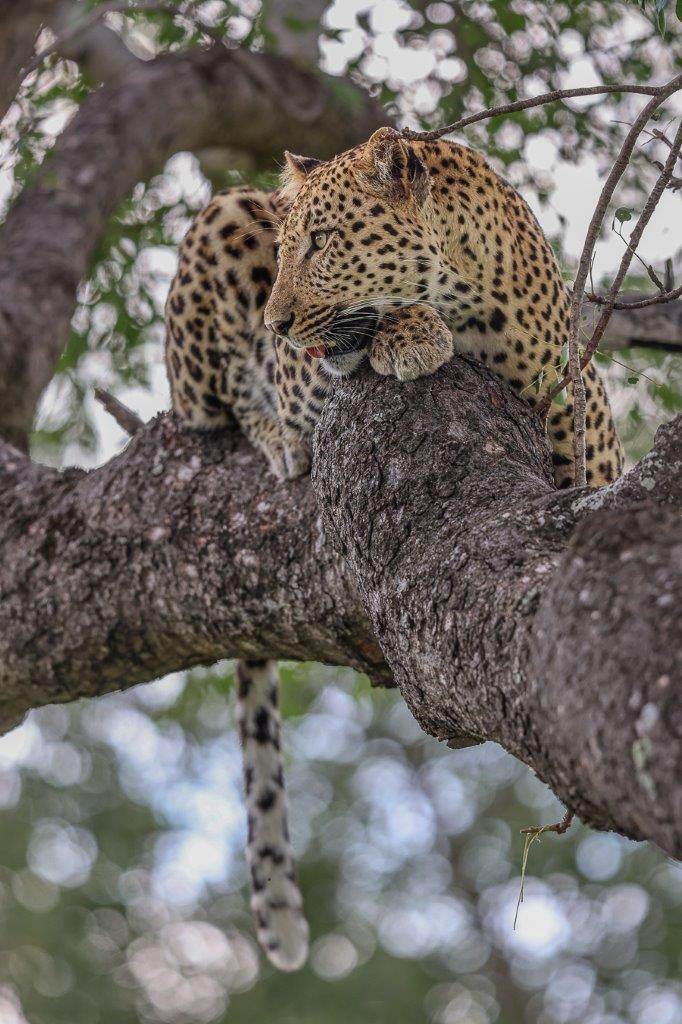
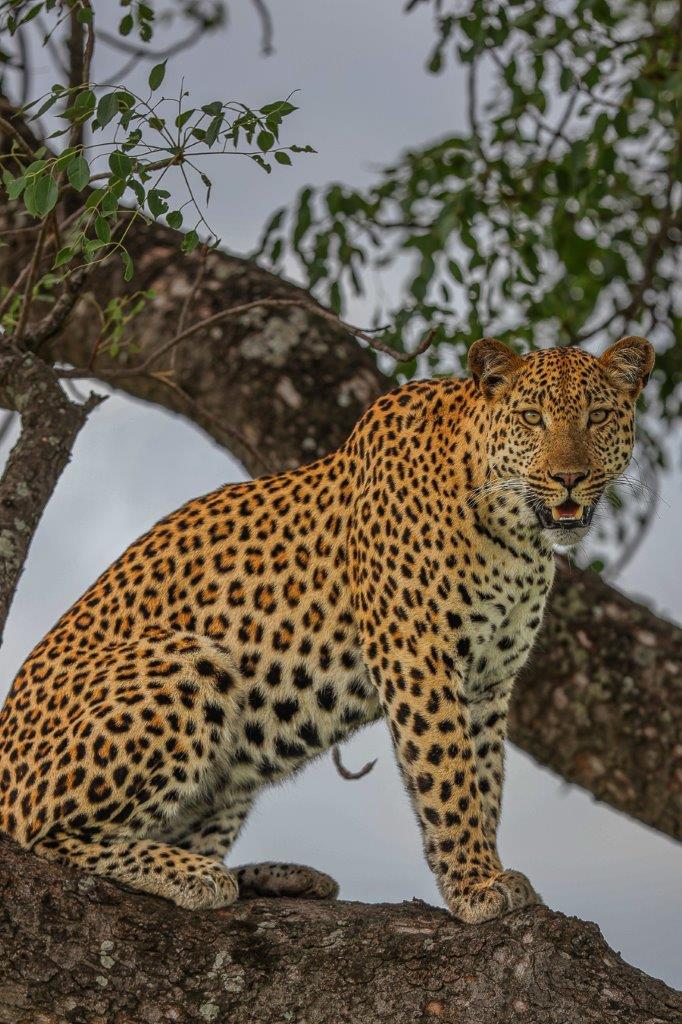
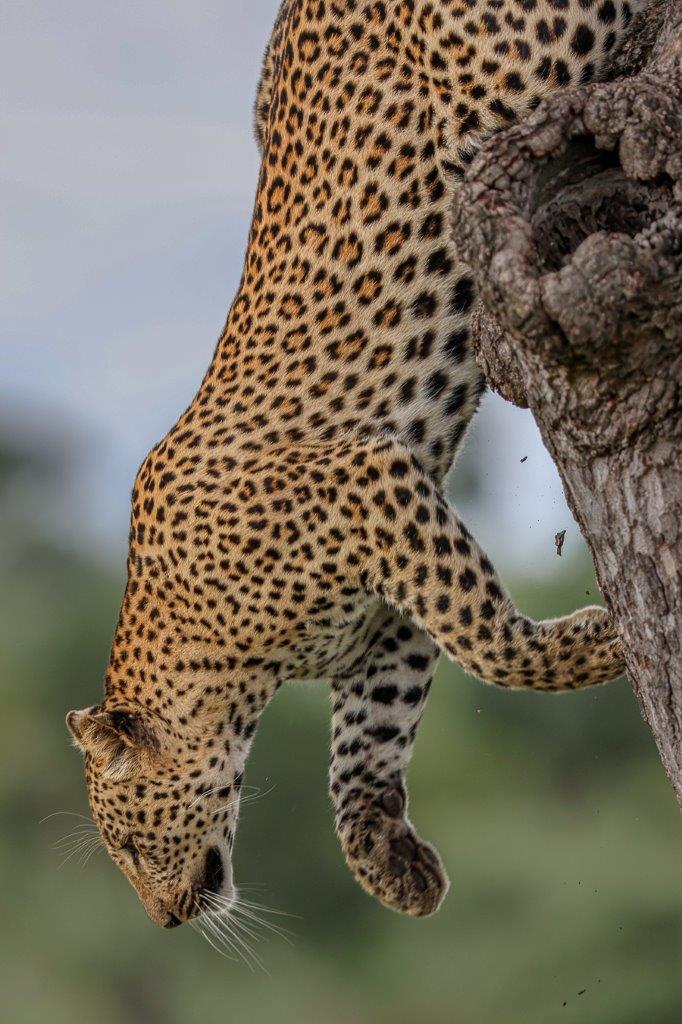
Until next time…
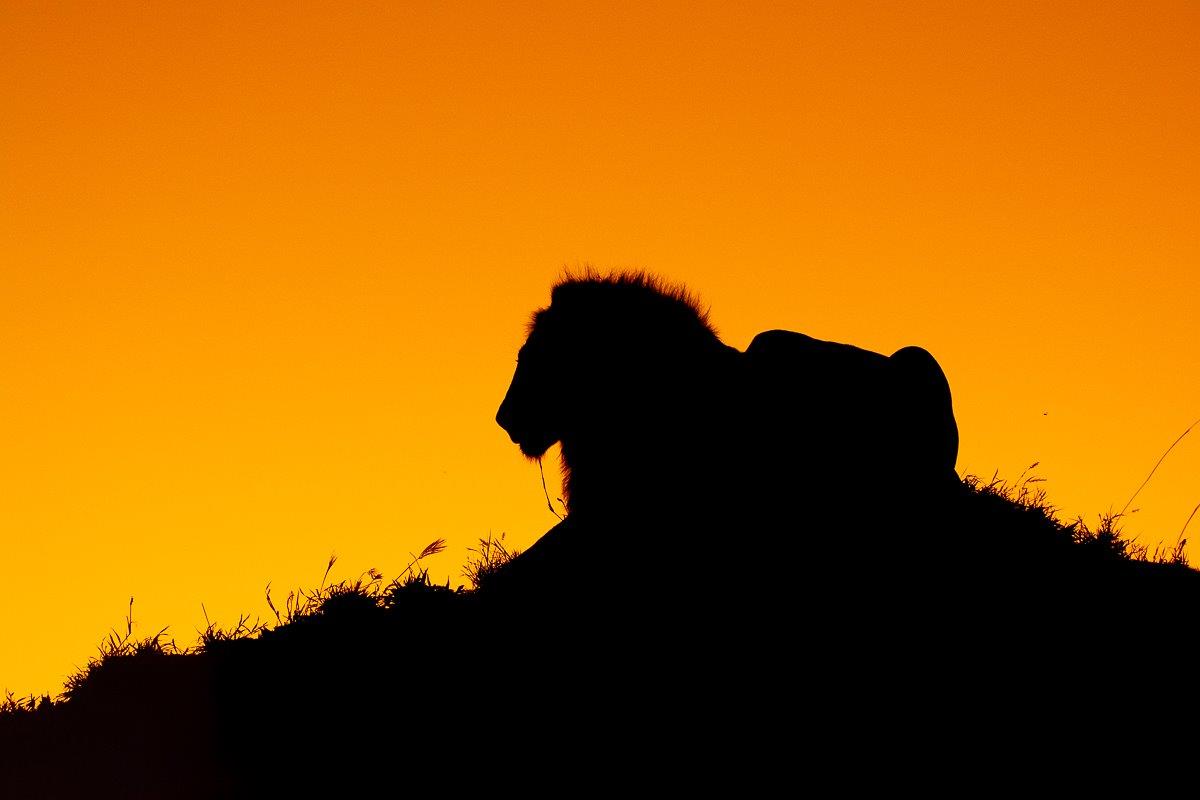
Blog by Wendy Claase
Images by Benjamin Loon, Devon Jansen, Franco Hay, Ronald Mutero and Ruan Mey
Video by Franco Hay







